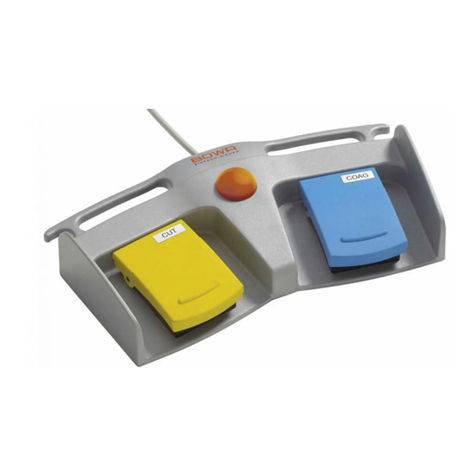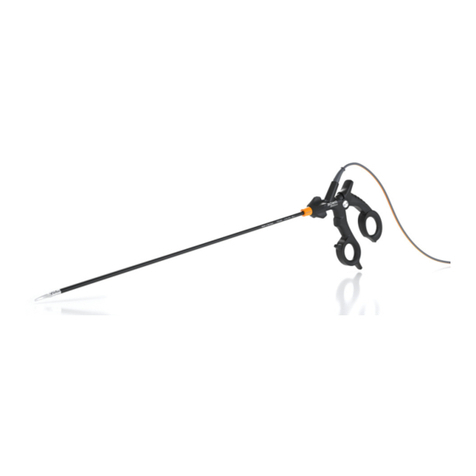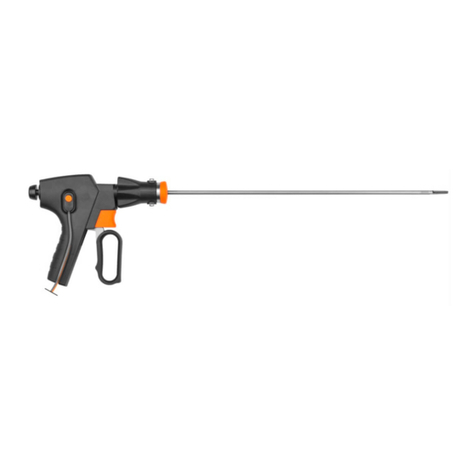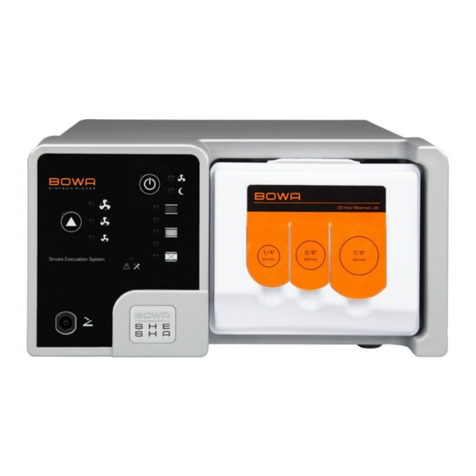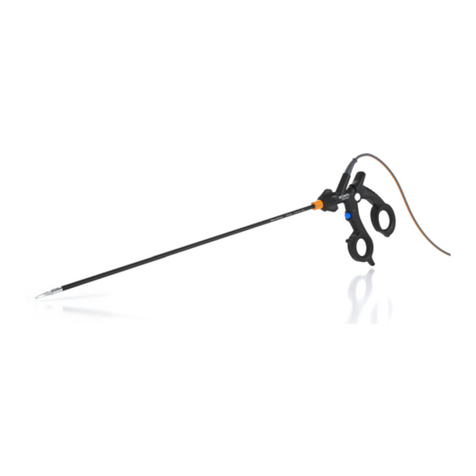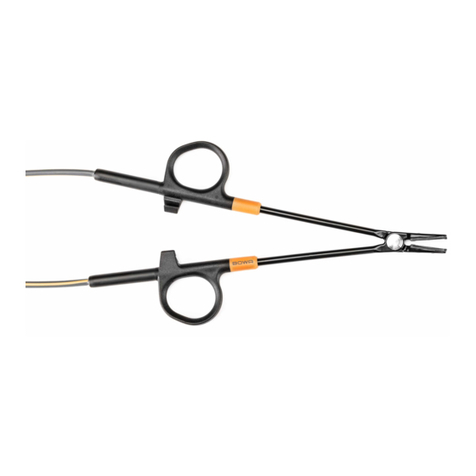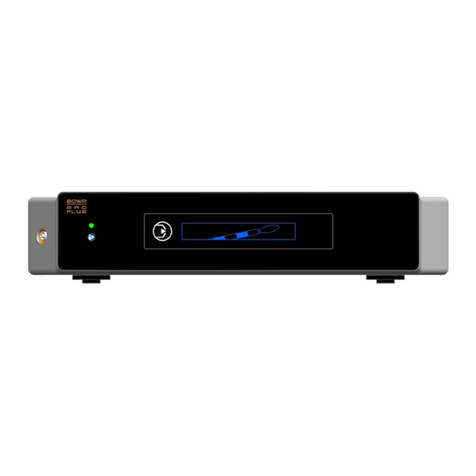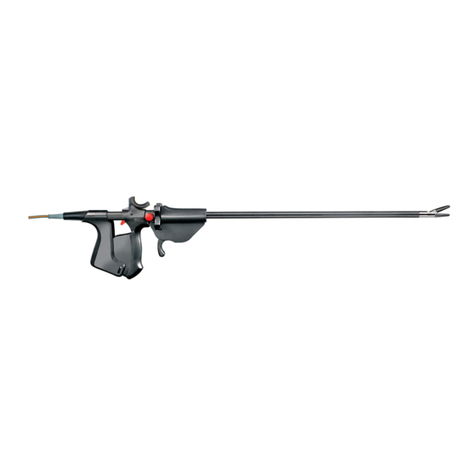Bowa ErgoLAP BIPOLAR User manual
Other Bowa Medical Equipment manuals
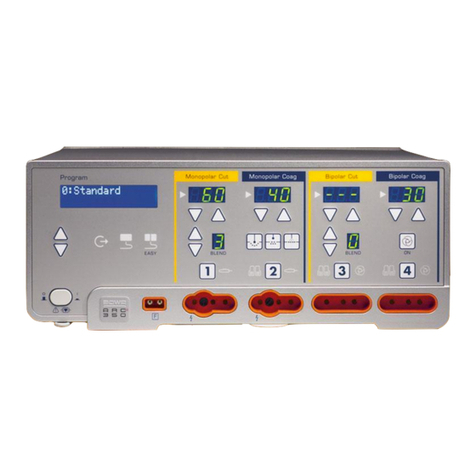
Bowa
Bowa ARC 350 User manual
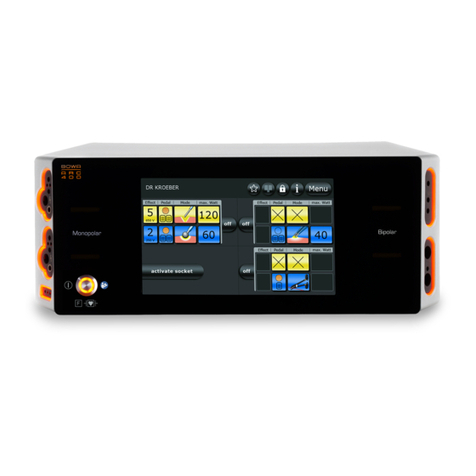
Bowa
Bowa ARC 400 User manual
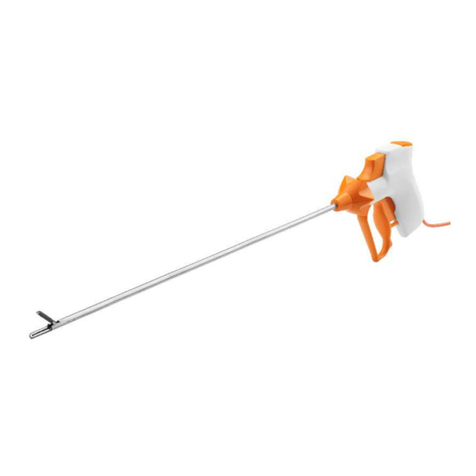
Bowa
Bowa ERGO 310D User manual
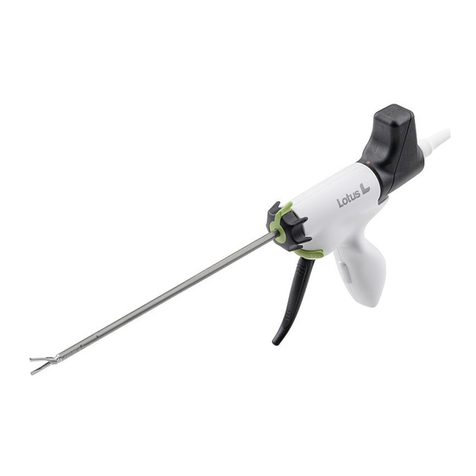
Bowa
Bowa Lotus User manual

Bowa
Bowa ERGOact User manual
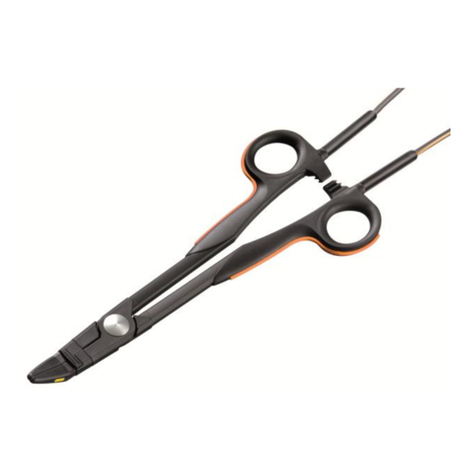
Bowa
Bowa TissueSeal PLUS COMFORT Series User manual
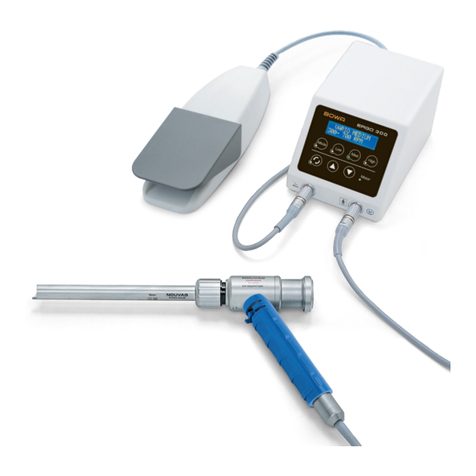
Bowa
Bowa ERGO 300 Specification sheet
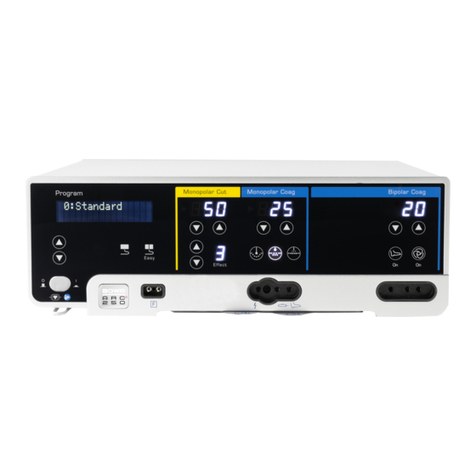
Bowa
Bowa ARC 250 User manual

Bowa
Bowa ARC 350 User manual

Bowa
Bowa ARC 400 User manual
Popular Medical Equipment manuals by other brands

Getinge
Getinge Arjohuntleigh Nimbus 3 Professional Instructions for use

Mettler Electronics
Mettler Electronics Sonicator 730 Maintenance manual

Pressalit Care
Pressalit Care R1100 Mounting instruction

Denas MS
Denas MS DENAS-T operating manual

bort medical
bort medical ActiveColor quick guide

AccuVein
AccuVein AV400 user manual





